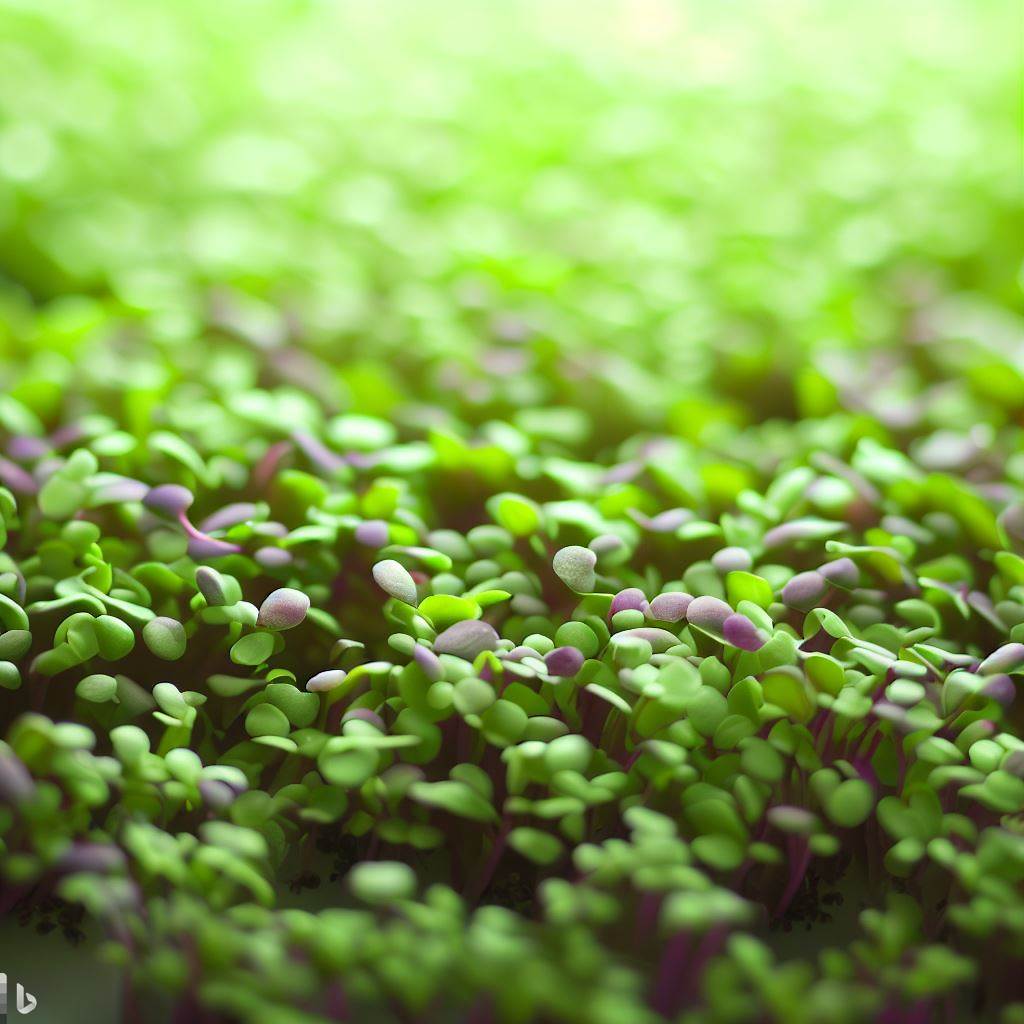What is Australian red cedar used for?
How to grow?
Location For Australian Red Cedar
Here are some general considerations:
Native range:
Australian red cedar is native to eastern Australia, particularly the coastal regions of New South Wales and Queensland. These areas provide the natural habitat for the species, and the tree thrives in the warm, subtropical to tropical climates found in these regions.
Climate:
Australian red cedar prefers a warm and humid climate. It grows well in areas with high rainfall, typically ranging from 1,000 to 3,000 millimeters (40 to 120 inches) annually. The tree can tolerate both summer and winter rainfall patterns.
Soil conditions:
Australian red cedar prefers deep, fertile, and well-drained soils. It can grow in a variety of soil types, including loam, sandy loam, and clay loam. The pH level of the soil should be slightly acidic to neutral, ranging from 5.5 to 7.0.
Sheltered locations:
Australian red cedar prefers sheltered positions, such as protected valleys or lower slopes, where it can be shielded from strong winds. This is especially important for young trees, as they are more susceptible to wind damage.
Elevation:
Australian red cedar is typically found at elevations below 600 meters (2,000 feet) above sea level. It tends to thrive in lowland and coastal areas rather than higher altitudes.
Suitable habitats:
Australian red cedar grows well in rainforests, wet sclerophyll forests, and riparian zones. It requires a good amount of moisture, but it also needs some protection from intense sunlight. It often grows alongside other rainforest species.
When considering planting Australian red cedar, it’s essential to consult with local forestry or agricultural authorities to ensure that it is appropriate and permitted in your specific location. Also, keep in mind the conservation status of the species and adhere to sustainable practices to protect the environment and promote responsible forestry.
Uses of Australian Red Cedar
Furniture:
Australian red cedar is a popular choice for high-quality furniture. It has an attractive reddish-brown color, a straight grain, and a fine texture, making it desirable for crafting cabinets, tables, chairs, and other indoor furniture pieces.
Cabinetry:
Due to its natural beauty and workability, Australian red cedar is also used for cabinetry work. It can be used to make kitchen cabinets, wardrobes, storage units, and other custom wooden fittings.
Joinery and paneling:
The wood of Australian red cedar is well-suited for joinery and paneling applications. It can be used for decorative moldings, doors, window frames, skirting boards, and wall paneling, adding an elegant touch to interior spaces.
Musical instruments:
Australian red cedar is highly valued in the construction of musical instruments. Its tonal properties, such as good resonance and a warm sound, make it suitable for crafting acoustic guitars, ukuleles, and other stringed instruments.
Boat building:
The timber of Australian red cedar has been traditionally used in boat building. It is lightweight, durable, and resistant to rot and decay, making it ideal for constructing small boats, canoes, and boat interiors.
Decorative veneers:
The attractive grain pattern and color of Australian red cedar make it suitable for producing decorative veneers. These veneers can be used to enhance the appearance of furniture, interior paneling, doors, and other wooden surfaces.
Carvings and turnings:
The workability of Australian red cedar makes it a preferred choice for carving and turning. It can be carved into intricate designs, decorative objects, and turned on a lathe to create ornamental pieces like bowls, vases, and spindles.
It’s worth noting that Australian red cedar is a protected species in many regions due to overharvesting and habitat loss. Sustainable forestry practices and responsible sourcing are important to ensure the conservation of this valuable timber resource.
AJwa Khajoor Farming in Pakistan
Ajwa dates (Khajoor) can be grown in Pakistan. Ajwa dates are a specific variety of dates that are highly valued for their taste and nutritional properties. While Ajwa dates are traditionally associated with Saudi Arabia, they can be grown in other regions with similar climatic conditions.
In Pakistan, there are several areas where date palm cultivation is practiced, such as Sindh, Baluchistan, and parts of Punjab. These regions have favorable climatic conditions for date palm cultivation, including warm temperatures, low humidity, and access to water for irrigation.
If you are interested in growing Ajwa dates in Pakistan, it is important to consider the following factors:
Climate:
Date palms thrive in arid and semi-arid climates. They require long, hot summers and mild winters. Pakistan’s climate, particularly in the mentioned regions, offers suitable conditions for date palm cultivation.
Soil:
Date palms prefer well-drained soils, such as sandy loam or loamy soils. It is crucial to ensure that the soil has good drainage to prevent waterlogging, which can be detrimental to the plants.
Water supply:
Date palms require a reliable and consistent water supply, as they are relatively water-intensive plants. Adequate irrigation is necessary, especially during the growing and fruiting seasons.
Pollination:
Date palms are typically dioecious, meaning they have separate male and female trees. For successful fruit production, it is necessary to have both male and female trees in proximity to allow for pollination. It is important to consider the appropriate ratio of male-to-female trees in the plantation.
Cultivation practices:
Date palm cultivation involves various techniques, such as proper fertilization, pruning, pest and disease management, and harvesting methods. Familiarize yourself with the specific cultivation practices for date palms to ensure optimal growth and fruit production.
Where can i buy Plant of Australian Red Cedar AJwa Khajoor in Pakistan?
For all information and plant content SAYED TRADERS BANGLA GOGAIRA OKARA
what’s up 03045183786
Healthy and good plants are available.





